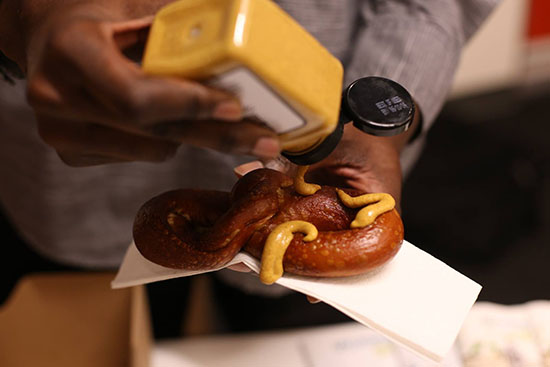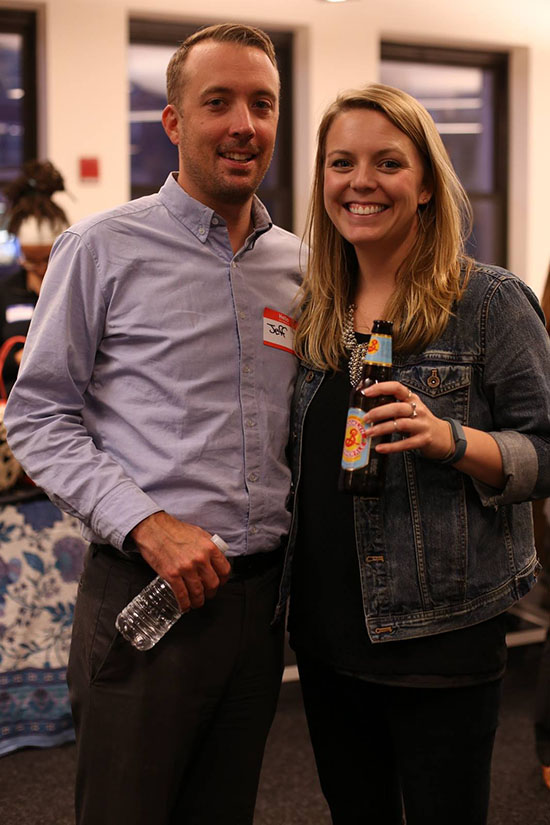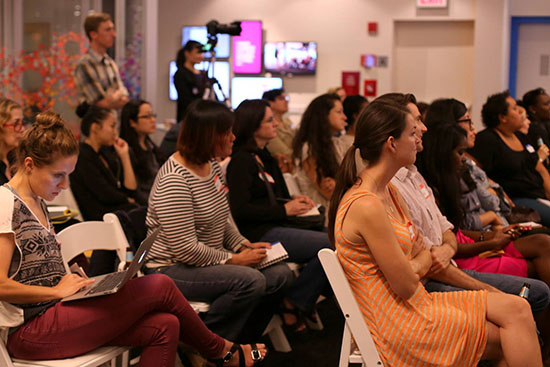*Editor’s note: Whether you’re just starting out or have been running your small business for a while now, you’re probably no stranger to the unexpected challenges that tend to pop up from time to time. Designer, entrepreneur, and author of the book How to Create Your Own Jewelry Line, Emilie Shapiro, shares her advice for working through a few of the trickier things about running a creative business.
Business is the Keyword in Jewelry Business
A business without a goal is just a hobby. Owning a jewelry business is much more than making pretty things. The biggest difference between running a business and engaging in a hobby is the goal; you’re running a business to make money. More and more people are pursuing the life of entrepreneurship and becoming their own bosses. Being a designer and a creator is an amazing gift, but when you decide to become a business owner, your main goal is to make money.
There are a lot of difficult decisions and many hats that you have to wear every day, especially if you are a one woman shop. Accounting, sales, customer service, production management, shipping & handling – all things that are part of running a small business. Running a business is not for everyone. It requires a lot of persistence and ambition. As a craft business owner, you are focusing on efficiency over creativity. Making jewelry is just one small part of running a jewelry business.
As an artist, there is a tendency to make decisions based on feelings and intuition. As a successful businessperson, it is necessary to make decisions based on rational calculation. I like to strike a happy medium between the two.

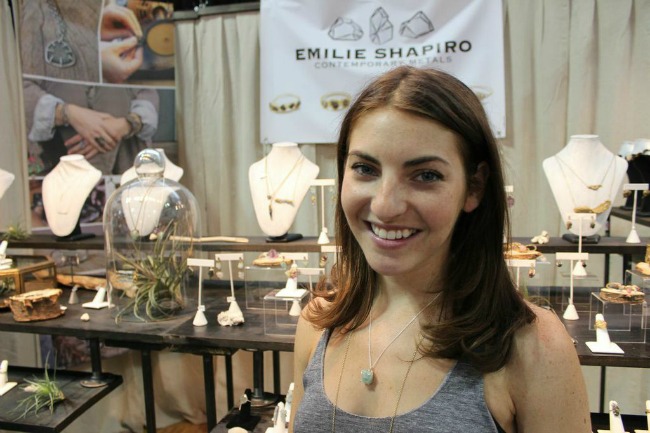
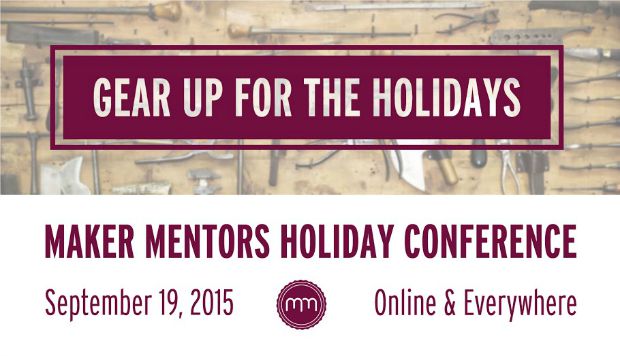
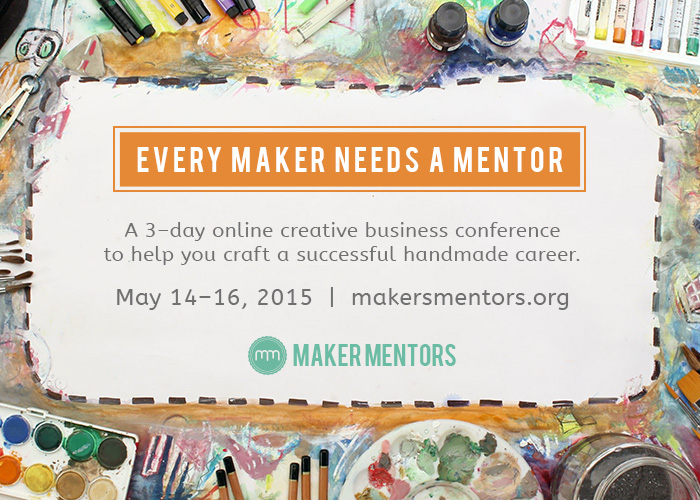
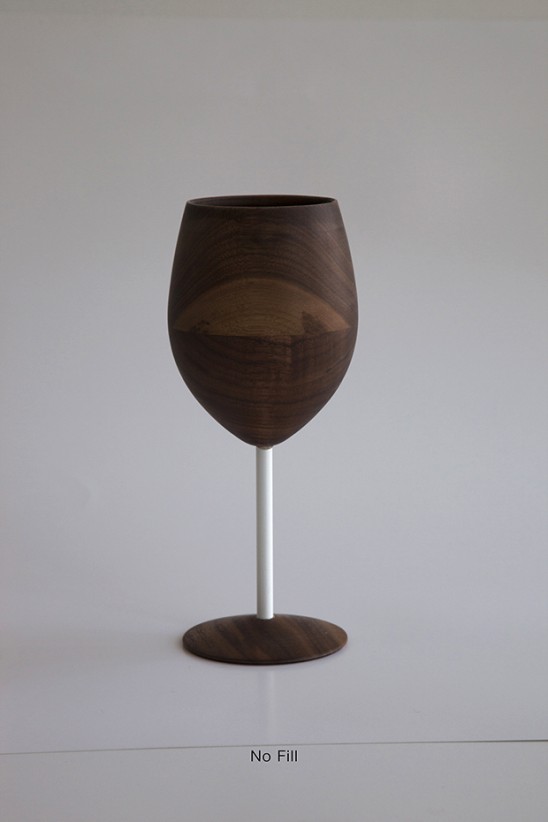
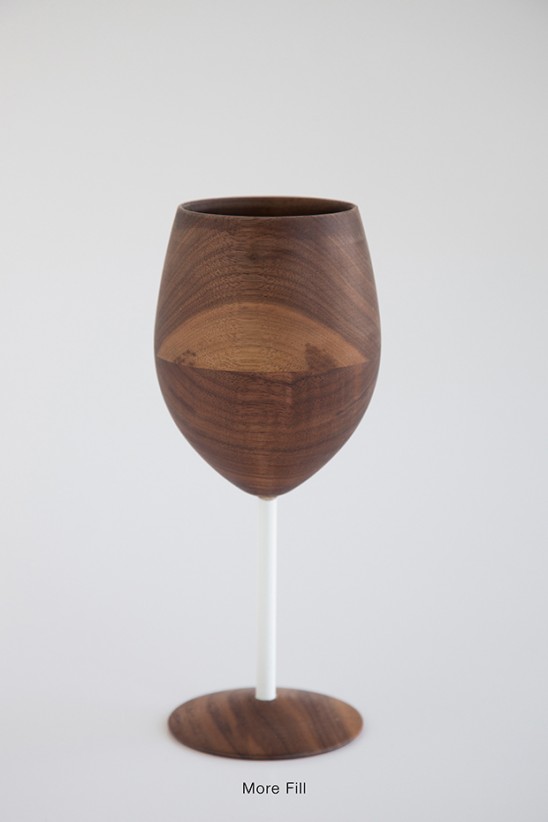
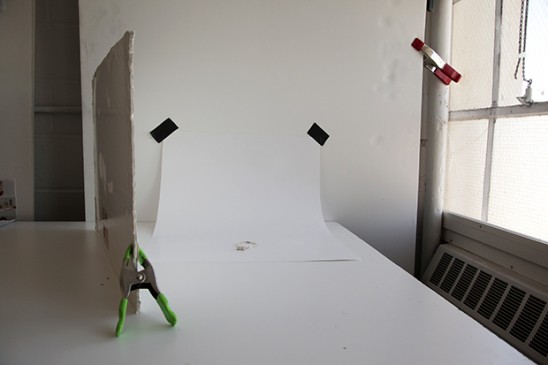
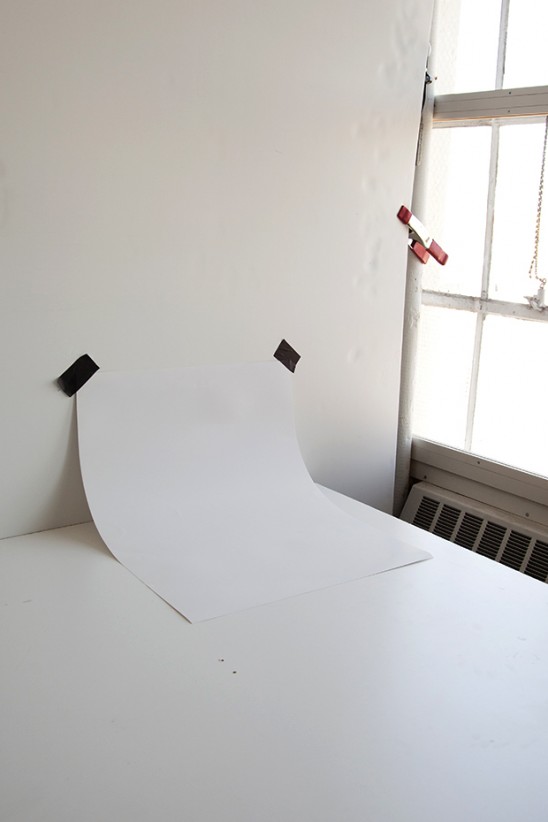
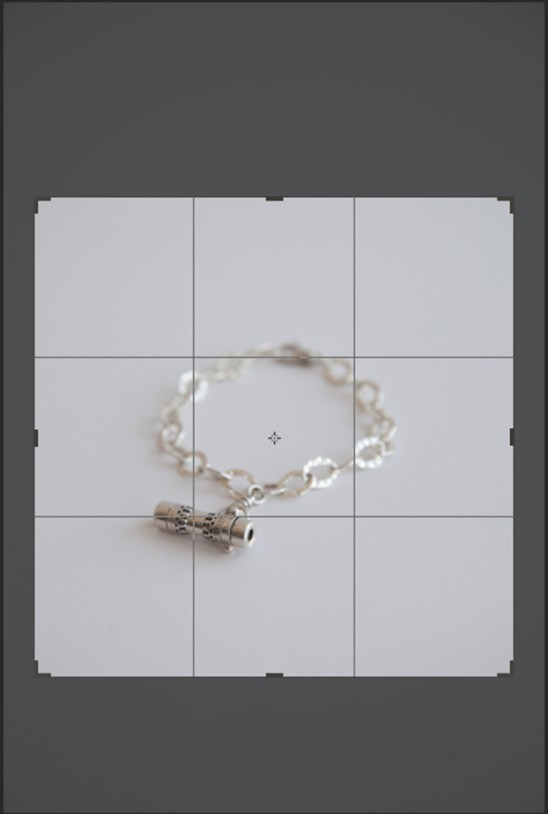
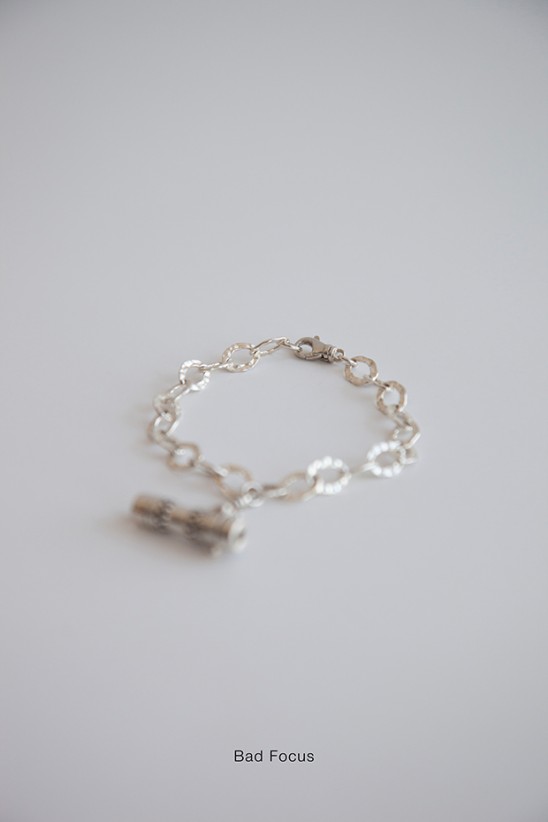
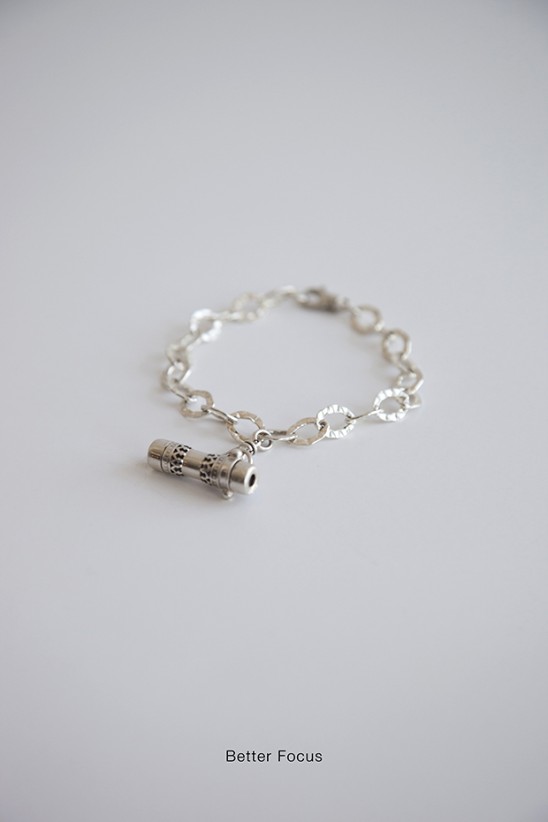
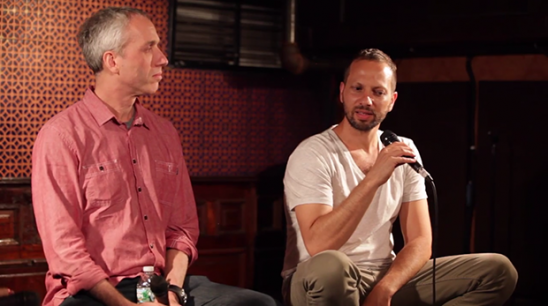 Last month we hosted another
Last month we hosted another 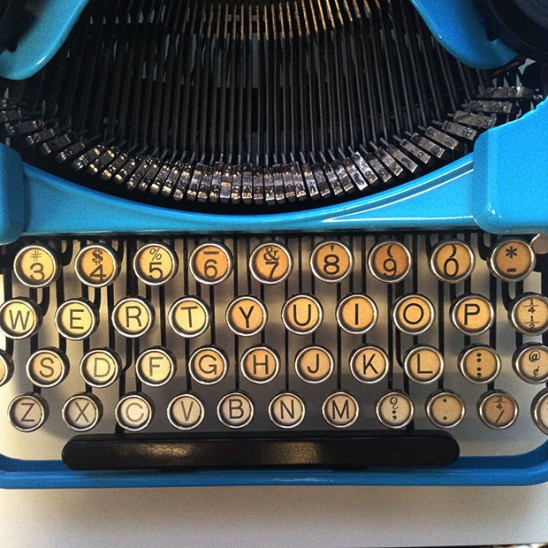 When I was first asked to write a blog post about writing about yourself, I got really excited because, like any 20 something year old girl who majored in writing, I’m pretty well versed in writing about myself/thinly veiling mortifying moments from my adolescence and calling it fiction.
When I was first asked to write a blog post about writing about yourself, I got really excited because, like any 20 something year old girl who majored in writing, I’m pretty well versed in writing about myself/thinly veiling mortifying moments from my adolescence and calling it fiction.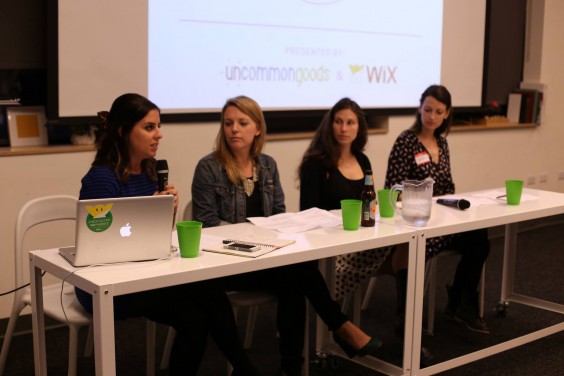 We had the pleasure of hosting our latest
We had the pleasure of hosting our latest 
